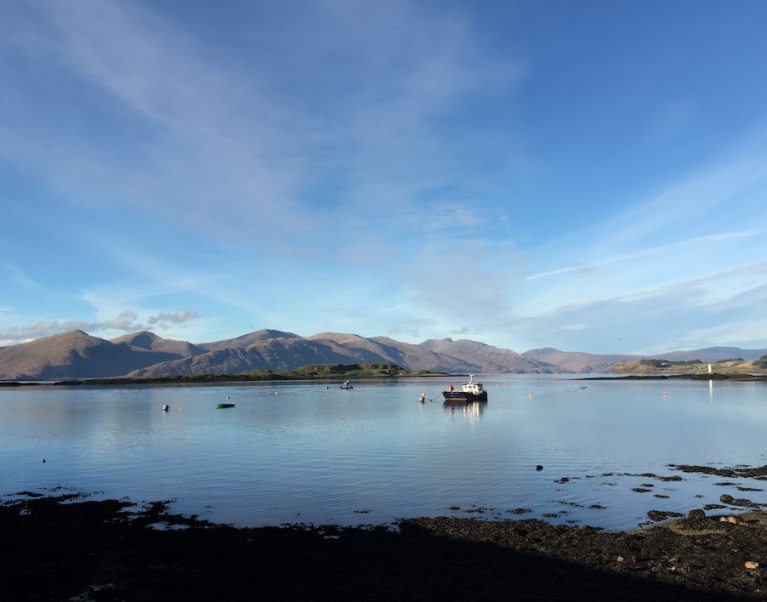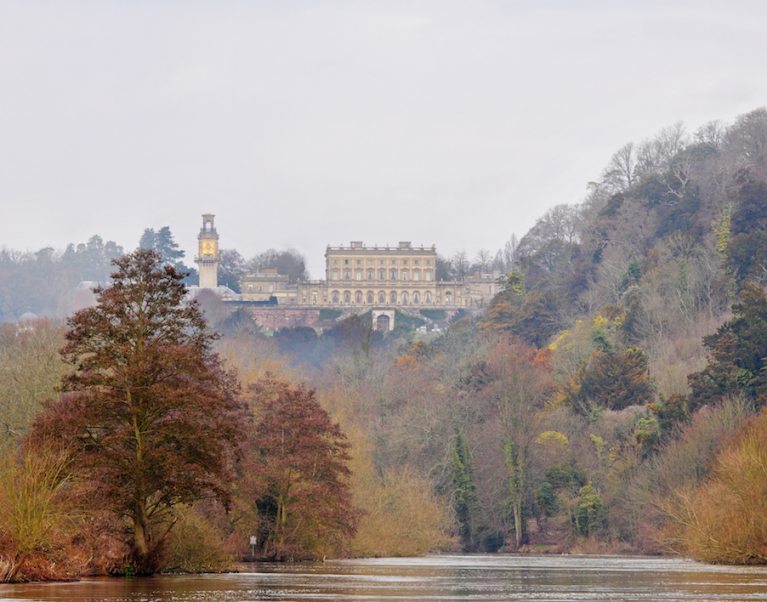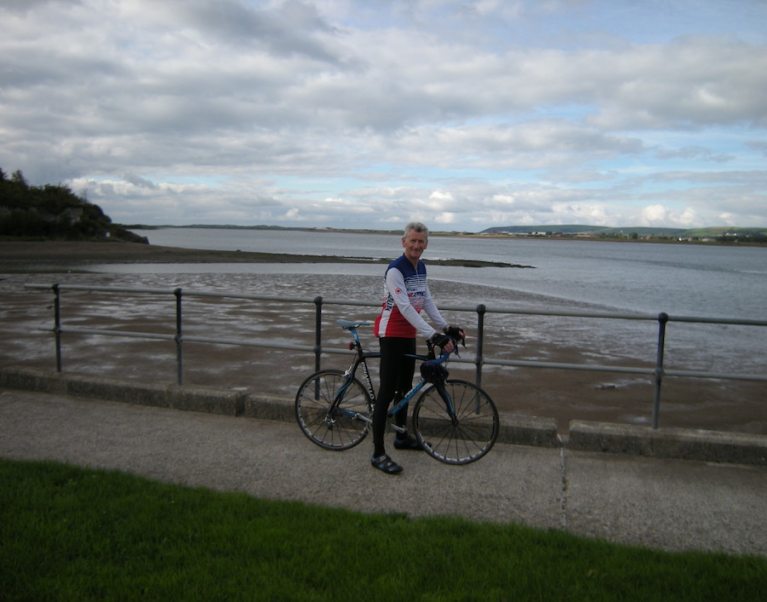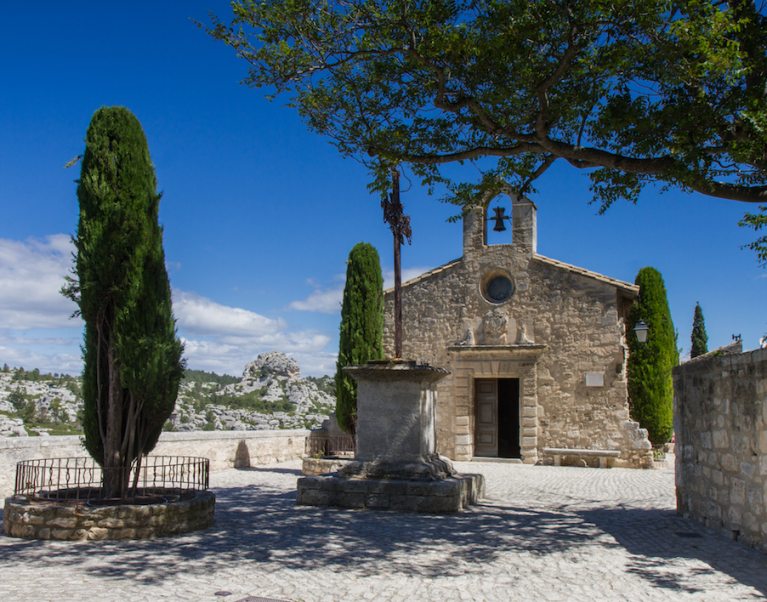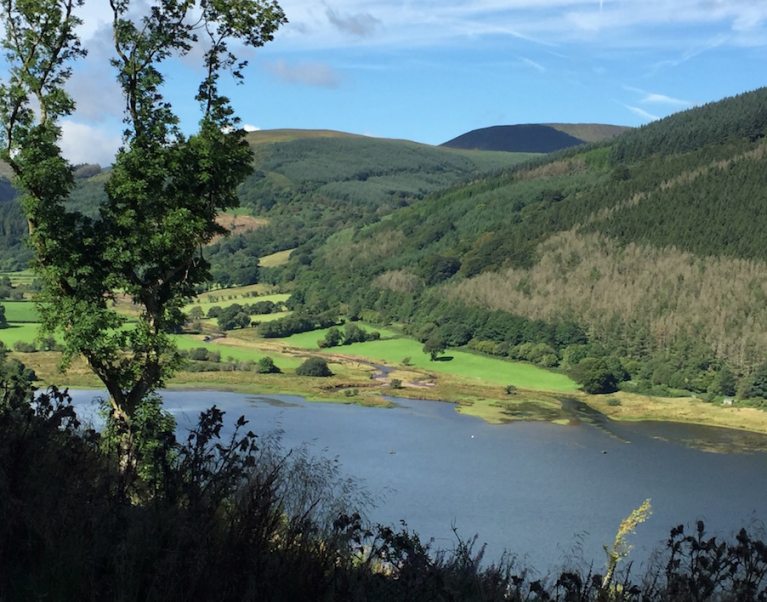We're launching a new series over here on our blog, profiling the brilliant people who act as local hosts for The Carter Company. The host's role is to welcome customers at the start of their trip, make sure their bikes are a comfortable fit, brief the route and provide an emergency call-out service in the case of wheel punctures or other unexpected mishaps! Our hosts are very important to us, as they're really the face of The Carter Company for everyone who takes a walking or cycling holiday with us. They do a fantastic job, and they're wonderfully interesting people, so we hope you enjoy these interviews as much as we enjoyed conducting them!
First up is Ian (pictured above). Ian is the host for all our cycling holidays in Devon & Cornwall, plus the one walking holiday we offer in Devon.
Iona: Ian, hello! Thanks for agreeing to feature on our blog. I want to start by asking you about your role as a host in Devon & Cornwall. Can you share your story with us, and what led you to become a host?
Ian: I became a host when Wendy (The Carter Company's founder) sent out an email to the cycle clubs in my local area, asking if anyone was interested in the role. I responded, Wendy and I had a chat on the phone, and the rest is history! I have cycled all the routes used on the cycling holidays for Devon & Cornwall, and in many cases actually written the route directions. I have been hosting for 7 years in total, and I really enjoy spending time with the customers before they set off, running through the route directions and maps with them, and sharing my recommendations for places of interest on their journey.
Iona: What's your favourite thing about hosting cyclists and walkers in your area?
Ian: I am really passionate about the area I live in and am also an active cyclist who enjoys cycling/walking all year round. I am very happy to share my knowledge (e.g. hidden gems on the route, the terrain, even local weather quirks!) with customers. The Tarka Trail, which features on many of the cycling holidays, is within a mile from my home so I use it all year round. My wife and I also enjoy walking the South West Coastal path, which is over 600 miles long. We have completed Minehead to Lands End in many stages over the years and have started the Southern part towards Poole. So I feel well qualified to assist and offer advice to customers.
Iona: Everyone has their favourite spots in Devon & Cornwall. Where are yours? Can you share any hidden gems, away from the tourist hotspots?
Ian: There are so many places that I could mention, the South West really is a special place. Exmoor is our favourite place, especially in the summer when the coastal areas are busy. You can really hear the silence on Exmoor even in August - but don’t tell anyone else! A hidden gem, though a known place, is the Valley of the Rocks. There is nothing quite like it. We are lucky enough to have travelled to many beautiful parts of the world over the years but the Valley of the Rocks has to be up there with the best of them. We took a lady from Belarus, who had never lived anywhere near a coast, and she wept pleasure when she saw it!
Iona: Do you have any advice for anyone (thinking of) visiting the Devon or Cornwall?
Ian: Devon and Cornwall is like a mini continent. It has everything from beaches, lakes, rivers and moorland. It is much larger than people imagine, and it can be very hilly in places. It is approximately 100 miles from the North Coast of Devon to the South Coast. Ilfracombe to Plymouth and even by car it can take 3 hours to complete. Devon and Cornwall are year-round locations and can be enjoyed in all seasons.
Iona: And finally, if you could go walking or cycling anywhere else in the world, where would you choose and why?
Ian: New Zealand would a wonderful place to walk and cycle, it's just a shame it is so far away!

